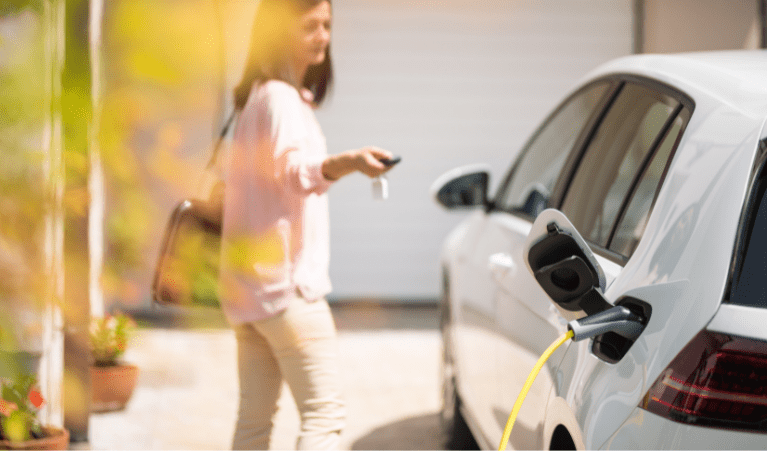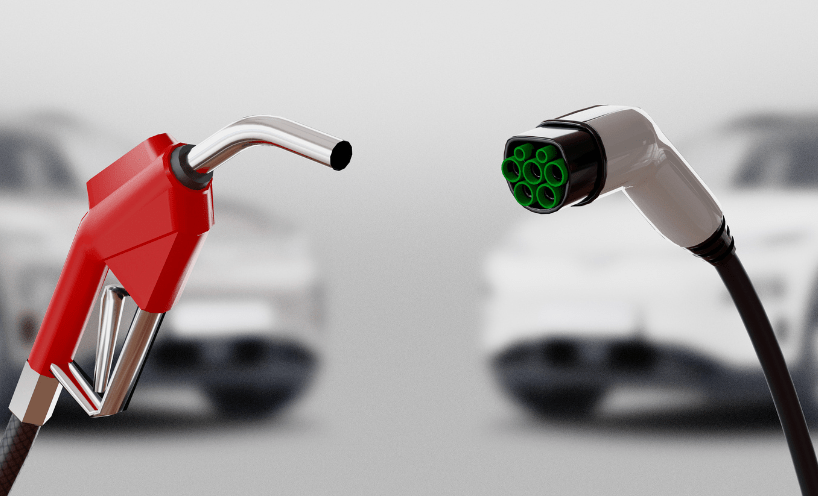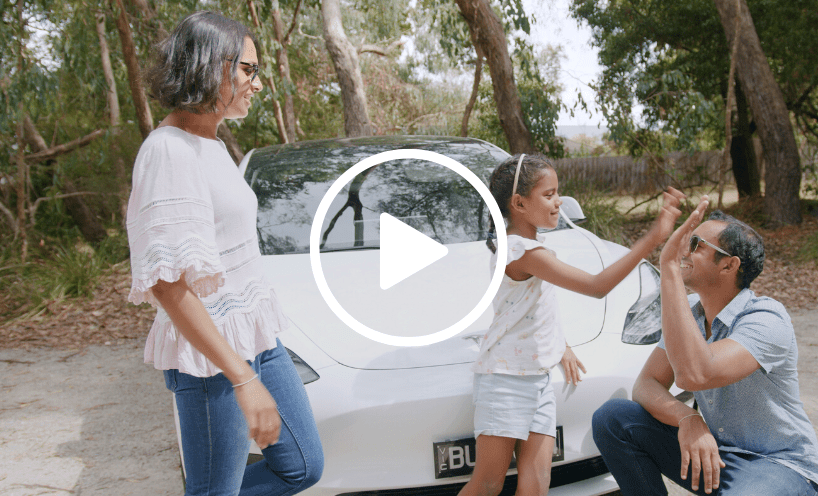EV chargers can be installed by any electrician (though it’s best to select one with experience with EV chargers). Allowing you to ‘refuel’ overnight or at any other convenient time.
Before you decide how to charge your EV at home, it’s useful to understand the different levels of charging – these are known as Levels 1, 2 and 3. You can find out more here.

Charging your EV on the road
In this guide, we cover all the factors to consider when travelling in your EV.
Charging at home
Most EV owners charge their car at home using a standard electrical power point.
A qualified electrician or a charging infrastructure manufacturer can quote and install your charger. They will provide advice on what charging level can be achieved in your home, and any associated costs. Typical costs are $500 to $2,000 for a level 1 charger, excluding installation costs.
After your charger has been installed, ensure you follow maintenance instructions to ensure it’s safe to operate.
Remember to also check your current plan with your energy retailer and ask about off-peak deals to cost-effectively charge your EV. Your Distributed Network Service Provider (DNSP) can also answer any questions about the supply of energy to your home and connection to the grid.
DNSPs are the organisations that own and control the hardware of the distributed energy network such as power poles, wires, transformers and substations that move electricity around the grid. Find your electricity distributor on the electricity distributor section of DEECA Energy’s website.
How long does it take to charge an EV?
At home, the average charging time for an EV is 6 to 8 hours, so consider charging your EV during off-peak rate times. With some of the most popular EV models, a full charge will give you 450km of travel range, which for most people can last up to 10 days.
Can I charge an EV if I live in an apartment building?
There are various ways to provide EV charging in parking areas of apartment buildings. For advice on what solutions are possible, you will need to contact both an EV charging specialist and your building’s owners corporation.
Smart charges
‘Smart’ charges have faster charging speeds and can be programmed to charge your EV while your home solar energy is generating. It also enables charging to be scheduled or controlled, such as during times when there is less demand on the grid or when more renewable electricity is available, often through a mobile app.
They can also be programmed to take advantage of ‘time of use’ tariffs offered by energy retailers. These are Level 2 chargers and can be installed by an electrician if your home has a three-phase connection.
Charging an EV with solar
If you have solar panels, charging your ZEV could be much cheaper, or even free.
If you have home solar panels, you may be able to charge your EV using self-generated solar electricity. This can reduce or eliminate the cost and carbon emissions associated with charging your EV. However, this may mean your self-generated solar is not available for other home energy needs in the evening. If you have a home solar battery installed, you may be able to use the solar energy you’ve stored over the day to charge your EV at night.
Using home solar to charge your EV will depend on the size of your home solar system, the size of your EV battery and your EV charging system.
Some home solar systems may not generate enough electricity to recharge an EV battery from empty to full in one day, however it can be used for regular ‘top ups’ to replenish your battery from daily EV use. If you do not know the size of your home solar system, or want to learn more about how to best use home solar to charge your EV, contact your solar retailer.
The average charging time for an EV at home is 6 to 8 hours. This means you can easily charge your car at home during the day when not in use or overnight – just like your mobile phone.
The easiest way to charge your EV with home solar is to connect the vehicle’s standard Level 1 charger to a regular home power point during the day while solar energy is being generated. However, this charging method is slower, and it may take several hours to recharge your EV battery by a partial amount.
Steps to use solar panels to charge your EV:
- Determine how many kW you need for your EV (based on your daily driving habits) and your usual household energy needs (based on previous home energy bills).
- Contact an authorised solar retailer to determine how many solar panels you’ll need to suit your household energy needs.
- Get a quote and apply for Solar Victoria’s Solar Panel (PV) rebate.
- Buy an EV charger that meets your needs.
To figure out which charging cables will meet your needs, we recommend using an online tool such as JET Charge’s online cable tool to find the right cables for your vehicle.
Updated




